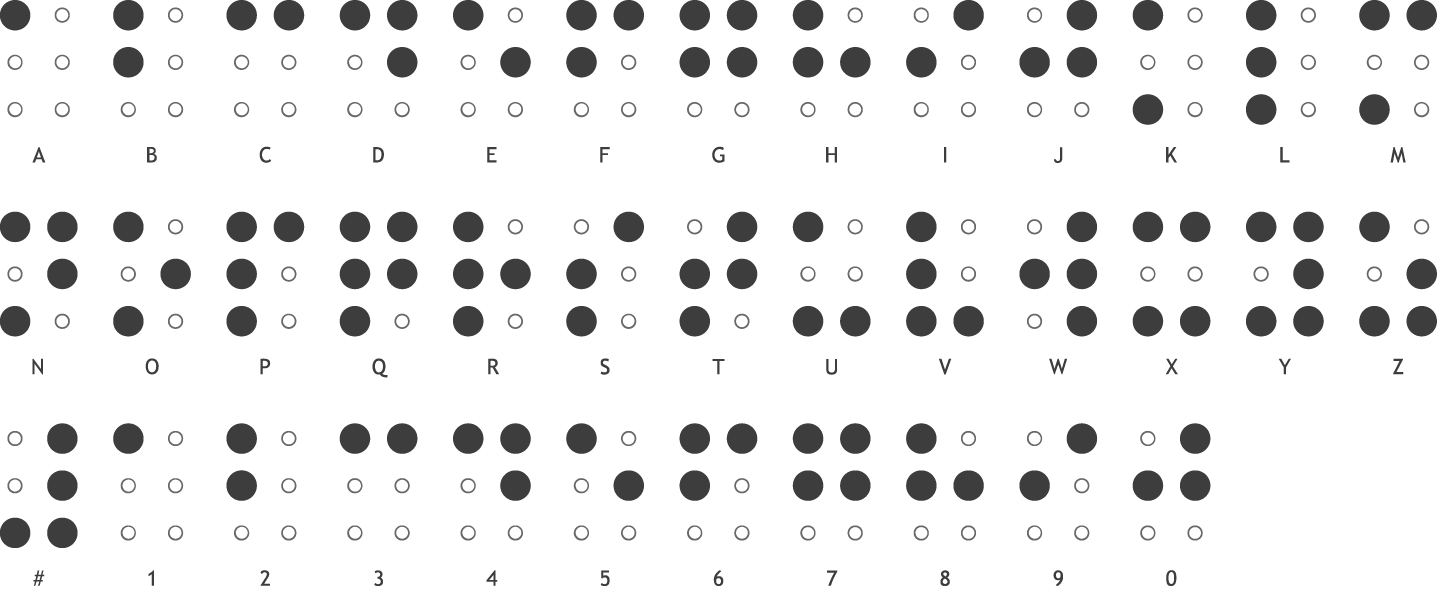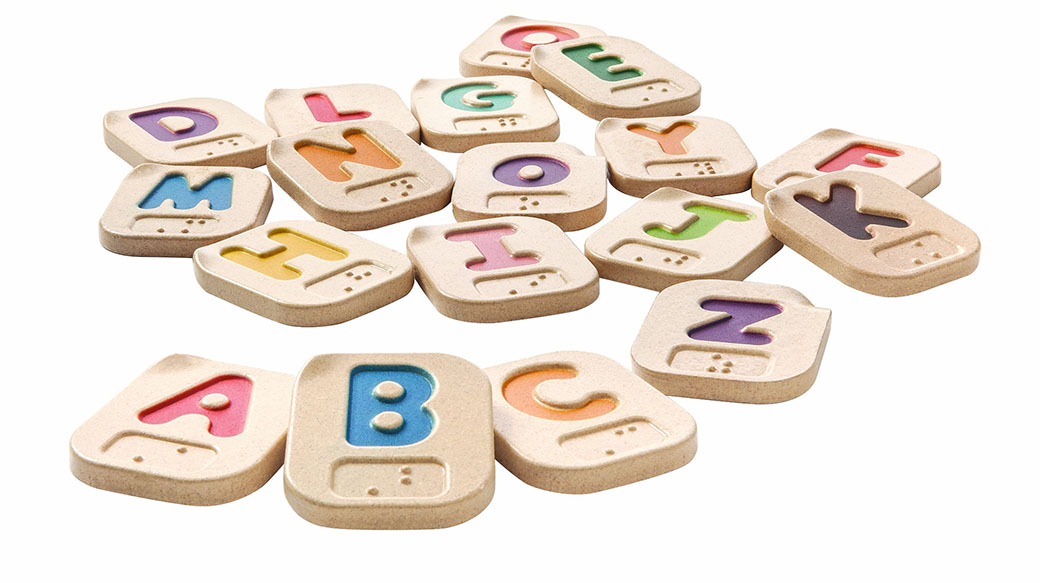What Is The Braille Alphabet?
The Braille alphabet, or known as the blind alphabet, is a writing system created to meet visually impaired people’s needs in literacy.
Because visually impaired people are not able to recognize letters with their eyes. At the beginning of the century, a new attempt was made to solve this problem. A man named Louis Braille took a significant step in the visually impaired literacy with the alphabet he found in 1821. There are six reliefs in this writing system, with two colons and three replacements in each column; there are a series of shapes in which 64 different combinations exist.
The basis of this writing system, also known as the blind alphabet, can be traced back to the era of Napoleon Bonaparte. Although the alphabet produced to allow soldiers to negotiate at nightfall was rejected, it became the basis for the Braille alphabet. Barbier and Braille, who later developed two alphabets, made efforts to develop the Blind Alphabet and led to today’s alphabet.

Visually impaired alphabet and letters
Louis Braille is a Frenchman who found the alphabet and laid the groundwork to understand the blind today. Thus, it is possible to express that the letters used in French are also included in the alphabet. But the fact that the alphabet appeals to the visually impaired and has a desire to make life easier also allows letters in local use to be added to the alphabet. It is also possible for people who will use the visually impaired alphabet to use Turkish characters such as O, Ö, Ş, I, G.
In the Braille writing system, which is the visually impaired alphabet, it is possible to express different letters and numbers, and other shapes. For this reason, it can be said that the established system facilitates the life of the visually impaired to a severe extent. Because the Braille alphabet also offers a wide field of movement in numbers, the visually impaired can study mathematics and other science.
For Which Languages Are The Blind Alphabet Suitable?
Because the blind alphabet has its writing system and style, it can reveal that it will remain incomplete, even if it does not match some languages. But there are no language restrictions in this alphabet, which will make the life of visually impaired people more comfortable. In this sense, it is possible to agree with the Braille writing system even in the language of Russia, Greece, and other peoples who do not use the Latin alphabet.
The lack of a language limitation offers excellent advantages for the visually impaired, while a severe increase in reading and writing levels is also observed socially. For the visually impaired, who are an integral part of our lives, the chance to produce an alternative that occurs at almost every moment of life, especially in the alphabet, becomes very important for society.
Braille Alphabet Numbers
To avoid writing and reading numbers problems, a very high-quality application is put forward in the Braille writing system. In this sense, the first ten letters of the alphabet also correspond to a number. But the first question that comes to mind here is how a visually impaired makes the distinction between letters and numbers?
Although it is relatively easy for you to distinguish numbers and letters as a visually impaired person, many people who are not familiar with the alphabet are very complicated. But it is necessary to express that in the Braille writing system immediately. However, the number with the first ten letters is similar; there is a sign in the article that indicates whether the numbers or writing began. In this case, the visually impaired person knows whether he is facing a letter or a number according to this sign.
Before The Blind Alphabet
Although the blind alphabet has been used for almost 200 years, given the beginning of humanity and the invention of writing, question marks are raised about how visually impaired individuals communicate. In this sense, we need to look at how practices existed in the pre-Braille era. An Arab professor who lived in present-day Syria about 600 years before Braille was able to find an alternative way because he could not see.
An Arab professor named Zain-Din al-Hamidi managed to become an outstanding figure in law and foreign languages by creating his system not to feel the lack of vision he lost in childhood. Although the method developed by Zain-Din al-Hamidi has been used for an extended period, Braille, which is both more comfortable to learn and more practical to read, is more popular these days.
Is it hard to learn the visually impaired alphabet?
For the visually impaired, every moment of life is fraught with challenges. But community lovers such as Braille, which aims to ensure a better quality of life by eliminating these difficulties, have significantly contributed to the visually impaired. The visually impaired alphabet that emerges at this point is a structure that is not very difficult to learn. This system, which can be quickly discovered by the visually impaired and other individuals, also allows you to understand the visually impaired, who are an essential part of society.
If you want to communicate in writing with the visually impaired, you should be very careful when using this writing language that you can choose because a small relief error can cause a loss of meaning. That is especially common in Braille alphabet translation services. So, how does the translation of texts written in Braille occur? Let’s all take a closer look at this issue!

Braille Alphabet Translation
When you need to convert texts prepared with the Latin alphabet or one of the other alphabets to the alphabet for the Blind, translation is based on the services you will apply for because translation is not done only in a foreign language or from a foreign language. For those who do not know or have never encountered the Braille writing system, these Alphabet texts have no meaning. In this case, the translation should be used to understand what these texts, given by visually impaired people, mean.
If you want to get services for Braille alphabet translation, you should know that this should also be possible for texts available to the visually impaired. It is not feasible for texts written in the Latin alphabet to be read by a visually impaired person. In this case, it would be crucial to get help from the people who will provide you with translation services. But when receiving translation support, you should make sure that the people who translate for you are excellent in their field. Otherwise, errors in the translation service can cause problems with communication, as well as unexpected results.

